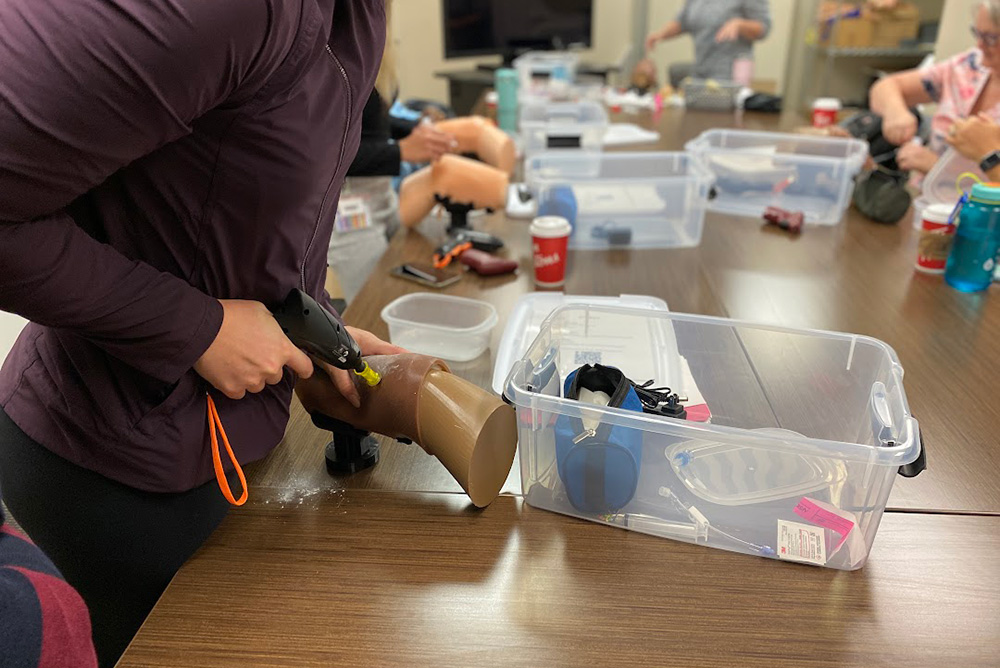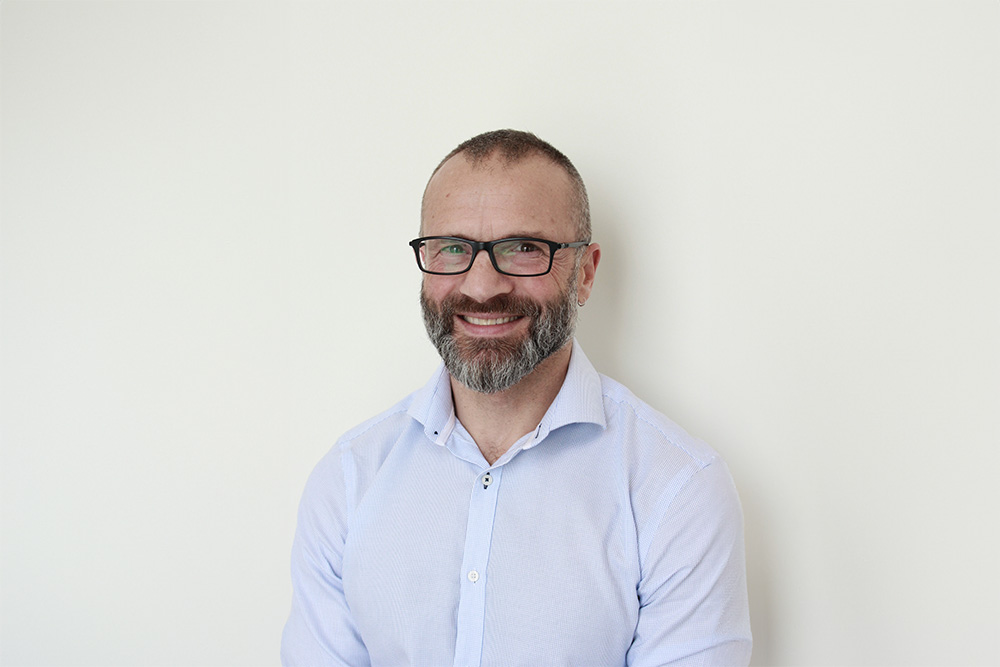Ontario Tech and Lakeridge Health develop innovative health-care training simulations
Local collaboration uses advanced technology to equip health-care professionals with the latest skills
July 25, 2024

Major advances in technology have made it more practical than ever for health-care professionals to enhance their skills through simulation training. A powerful learning resource championed by researchers at Ontario Tech University, medical simulation exercises allow health professionals, such as nurses, to develop new competencies related to surgical and emergency situations in a real-life environment without risk to patients or staff.
Medical simulators allow health professionals to practice and reproduce scenarios as many times as required without needing the feedback of a real human patient. Despite these advances in health-care education, there is still unequal access in the profession to high-quality simulation training programs.
Addressing disparities in skill development
Recognizing the gap and inconsistencies in skill development opportunities for health professionals, a community-based partnership between Ontario Tech’s Faculty of Health Sciences (FHSc) and Lakeridge Health’s Critical Care Program is making significant progress to improve access to high-quality simulation resources, both locally and globally.
Ontario Tech's health-care simulation and research lab, maxSIMhealth, is at the forefront of innovation. This initiative is led by Dr. Adam Dubrowski, Canada Research Chair (CRC) in Health-Care Simulation, in partnership with Jann Weary, RN, from Lakeridge Health.
The CRC-funded collaboration focuses on developing cost-effective and scalable simulation tools and platforms to standardize simulation curricula, ensuring uniform training opportunities.
How the collaboration will help ensure patients receive the highest standards of care
Over the last two years, Lakeridge Health noted an increase in the need for rapid intraosseous (IO) infusions, a medical procedure used to deliver fluids and medications directly into bone marrow. IOs are crucial for emergency situations where intravenous access is difficult. Due to a post-COVID nursing shortage and an influx of new hires, the skill of IO insertion has become rare among staff. Existing educational materials, such as expensive and commercially available simulators, were more than five years out of date and no longer provided realistic simulations for IO insertion.
Lakeridge Health reached out to maxSIMhealth and accessed the expertise of Ontario Tech FHSc graduate students, notably Julia Micallef, one of Dr. Dubrowski’s doctoral students, to develop new, up-to-date, and cost-effective simulators. These simulators, previously designed and rigorously tested with the help of Dale Button, a paramedic and educator at Durham College's Paramedic training program and Lakeridge Health's Central East Prehospital Care Program, were redesigned to better serve the new purpose.
The new simulators were employed to teach IO insertion to RNs in Critical Care. The success of this initiative led to its expansion to the Lakeridge Health Emergency and Respiratory Therapy departments. Today, every new hire in the hospital’s Critical Care Unit undergoes this training during onboarding. It has also recently been extended to Queen’s University medical student residents working in Lakeridge Health Critical Care in Oshawa.
Further innovative health-care simulation applications and cost-savings
In addition to redeveloping the IO simulators, maxSIMhealth provided Lakeridge Health with innovative solutions related to simulation training drills that historically cost about $1,000 per unit and have a limited lifespan because they are not rechargeable. maxSIMhealth’s solution involved using commercially available small handheld drills (costing $15 each) and equipping them with a custom-made 3D-printed drill adaptor to transform them from household items into simulated life-saving equipment. These devices were recently adopted by Swedish physician Dr. Patrik Hallmén, who requested the designs be shared to develop a cost-effective training program for military medics on the front lines of the Russia-Ukraine war.
Expanding impact: Pediatric training and intravenous practice kits
Building on the success of the IO insertion training project, the hospital’s Emergency Department and maxSIMhealth are partnering to create similar simulators tailored for pediatric care. Additionally, the multi-institutional team has undertaken smaller projects, such as developing an intravenous (IV) cannulation (transfer of liquid between vessels) practice kit that allows frontline staff to practice IV insertions with blood flashback (first indication of blood entering a syringe), a feature previously unavailable at Lakeridge Health.
Quotes
"Our work with Lakeridge Health enhances health-care training by creating affordable, scalable simulation tools, ensuring high-quality skill development and improved patient care."
-Dr. Adam Dubrowksi, Canada Research Chair in Health-Care Simulation, Faculty of Health Sciences, Ontario Tech University
“These simulation tools are more realistic and user-friendly than historical tools, ensuring staff are better prepared and confident when they need to use this skill on a patient. This absence of delays in obtaining IV access has improved patient care during emergency events.”
-Jann Weary, Clinical Practice Leader, Lakeridge Health Critical Care Program
Gallery
Media contact
Bryan Oliver
Communications and Marketing
Ontario Tech University
289.928.3653
bryan.oliver@ontariotechu.ca





